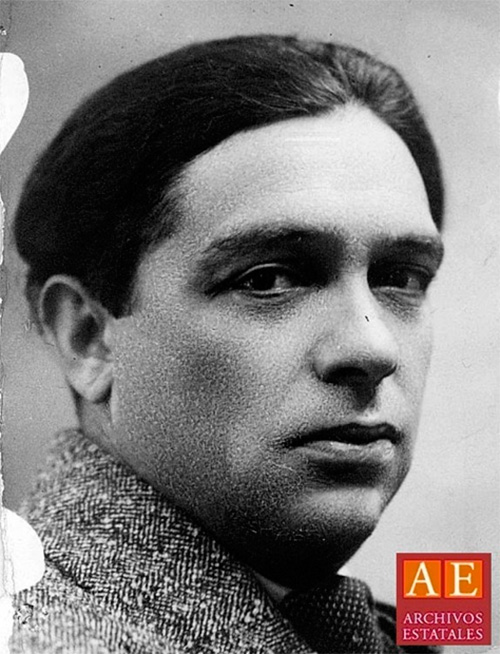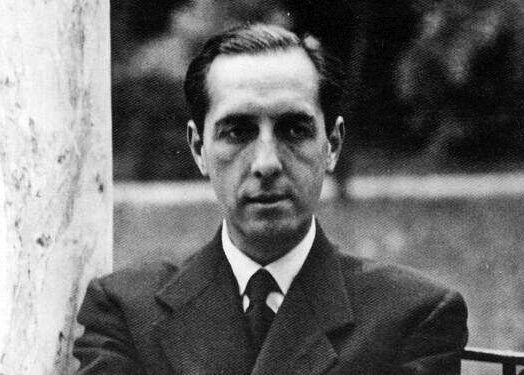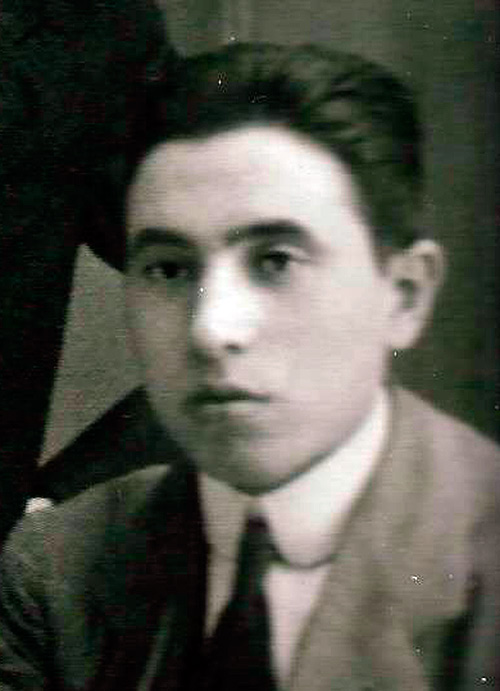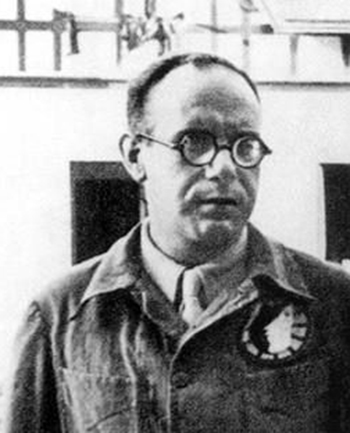Self-taught Spanish illustrator born in Barcelona in 1882. He was one of the main Spanish caricaturists, friend of Federico García Lorca, whom he interviewed for the newspaper El Sol shortly before his assassination.
In his youth he frequented Els Quatre Gats and made theatrical sets. In 1902, he joined the circle of Santiago Rusiñol. He began to make caricatures for pure fun and, although in 1903 he presented himself artistically in the Sala Parés with seascapes, landscapes and abandoned gardens of fin-de-siècle aesthetics, in 1905 he already presented caricature portraits in the same room. His first drawings were made for La Tomasa and La Tribuna of Barcelona. Between 1908 and 1911, he spent time in Mexico, Havana and New York. Finally, in 1912, he settled in Madrid, where he worked for La Tribuna (he illustrated a section by Tomás Borrás called Portraits) and made color covers for the magazine España. There he met and assisted Antonio López Sancho, the author of the caricature of the 1922 Flamenco Song Contest. López Sancho, in correspondence, invited him to Granada in 1926.
On June 10, 1936, he published in El Sol what was to be the last interview with Federico García Lorca. In it the poet took the precaution of answering in writing: Lorca insists on the social mission of the theater and takes a stand against “pure art, art for art’s sake.”
He was imprisoned after the general strike of August 1917 and suffered about twenty trials during the First World War for “insulting the Kaiser”, of which he was acquitted. During several periods of his life he belonged to the Spanish Socialist Workers Party. In El Sol in the twenties, his cushion drawingswere published, some vignettes camouflaged as harmless sewing patterns with which, between 1923 and 1926, denounced the censorship and the Primo de Rivera Regime and with which he became a celebrity of the time.
In 1925, the Iberian Exhibition recognized his role as an artistic agitator by dedicating an entire room to his caricatures. Under great pressure from the dictator, El Sol was forced to temporarily interrupt Bagaría’s collaboration, who undertook a long trip to South America. He returned to Spain with the Second Republic.
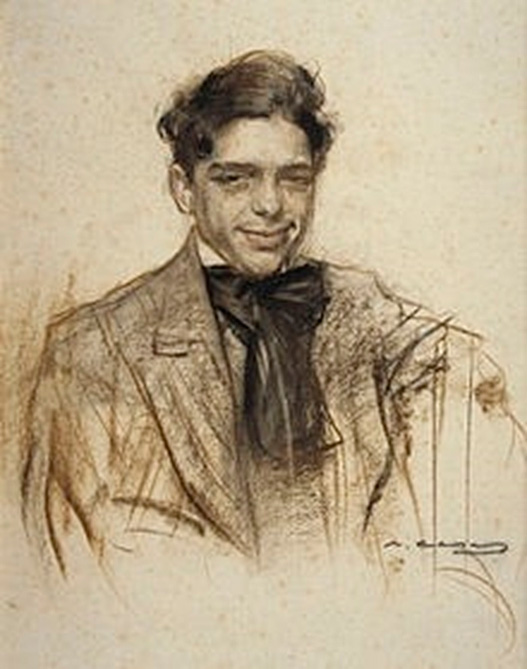
Once in Spain he rejoined El Sol in December 1927. With Primo de Rivera resigned and Berenguer in power, Bagaría used his cartoon to call for the union of the anti-monarchist forces. In the weeks prior to the fall of Alfonso XIII he followed the founder of El Sol, forced to leave his newspaper by the pressure of the monarchists, in a new journalistic project: Luz.
Bagaría also wanted to know his opinion on the commemoration of the Taking of Granada by the Catholic Monarchs in 1492. Lorca alludes in the answer to “the worst bourgeoisie of Spain” referring to that of Granada.
Very excited about the advent of the Republic, Bagaría gave graphic expression to the political discourse of the Republican-Socialist Alliance and, from March 1932, supported the reformist work of Azaña. Subsequently, he went through a strong personal and creative slump caused by the business vicissitudes of Luz. During the Civil War he fought the rebels from El Sol, to which he had returned after the disappearance of Luz, and from La Vanguardia in Barcelona.
Exiled to France in 1938, he collaborated in the Parisian republican weekly Voz de Madrid, where he published the series of canticles dedicated to Franco, “Sad Story of a Traitor”, and exhibited his work in Paris and Lyon. Thanks to the help of the writer Flora Díaz Parrado, he embarked for Cuba in 1940, where he died a few days after his arrival.
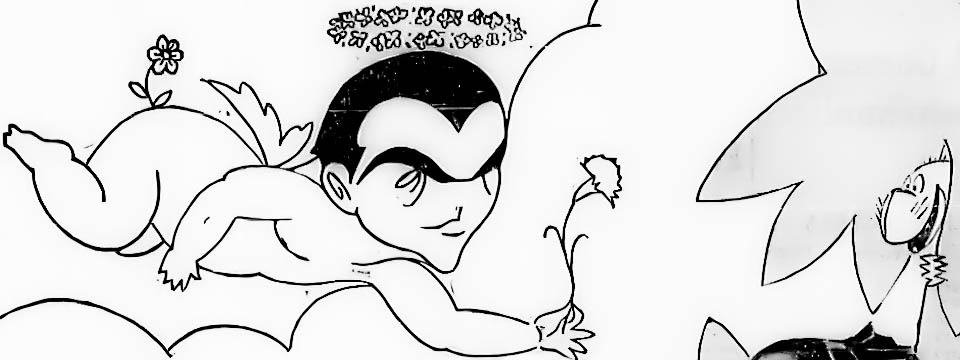
On June 10, 1936, he published in El Sol what was to be the last interview with Federico García Lorca. In it the poet took the precaution of answering in writing: Lorca insists on the social mission of theater and positions himself against “pure art, art for art’s sake”. “The artist must weep and laugh with his people. You have to leave the bouquet of lilies and get into the mud up to your waist to look for the lilies,” Federico added. Bagaría also wanted to know his opinion on the commemoration of the taking of Granada by the Catholic Monarchs in 1492. Lorca alludes in his answer to “the worst bourgeoisie in Spain”, referring to that of Granada. He also declares himself an “integral Spaniard” and adds: “I am everyone’s brother and I execrate the man who sacrifices himself for an abstract nationalist idea just because he loves his homeland with a blindfold on his eyes. The good Chinese is closer to me than the bad Spaniard. I sing of Spain and I feel it to the core; but before this I am a man of the world and brother of all”. Later he regretted some statements he had made and wrote to Adolfo Salazar, who also worked in El Sol, to withdraw an answer he had given in an interview related to fascism and communism. It seemed compromising to him and, moreover, he said that it had already been answered previously.
Bagaría was unable to complete his exile. He died in Havana shortly after disembarking, on June 26, 1940.
